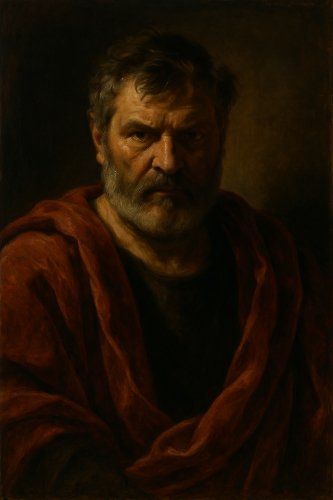446 reads
Letter to Argentina: A Decentralized and Stable Coin for a New Financial Era
by
October 22nd, 2023
Audio Presented by

Author of Fluidity - the way to true DemoKratia and a novel Hunting Butterflies. Ideas man and thinker.. of sorts
Story's Credibility

About Author
Author of Fluidity - the way to true DemoKratia and a novel Hunting Butterflies. Ideas man and thinker.. of sorts